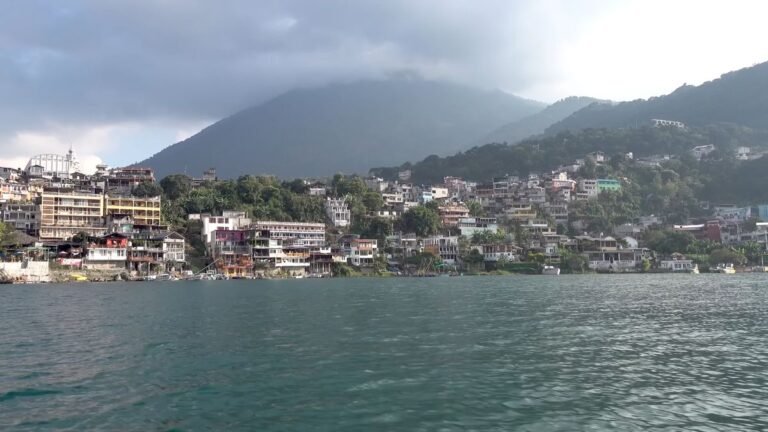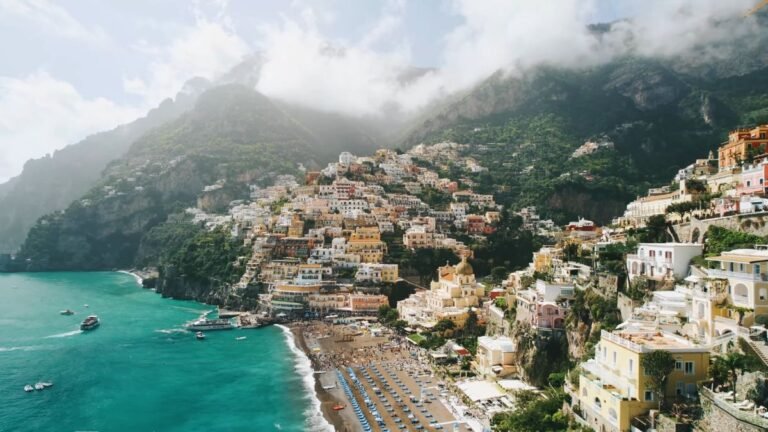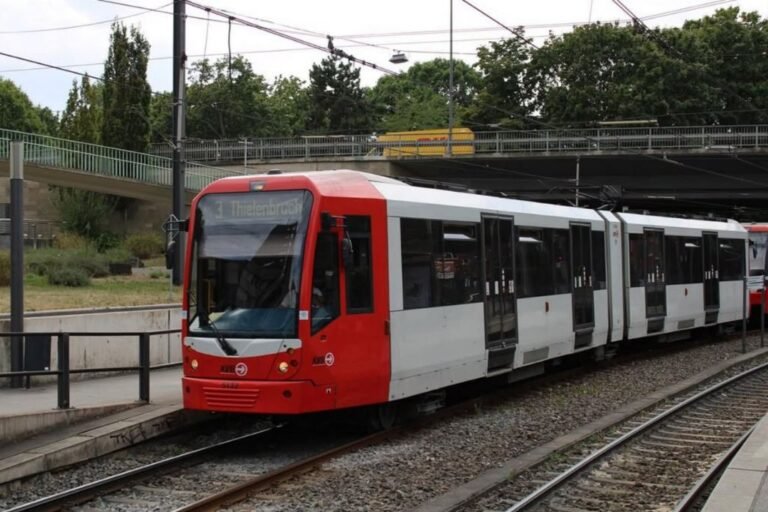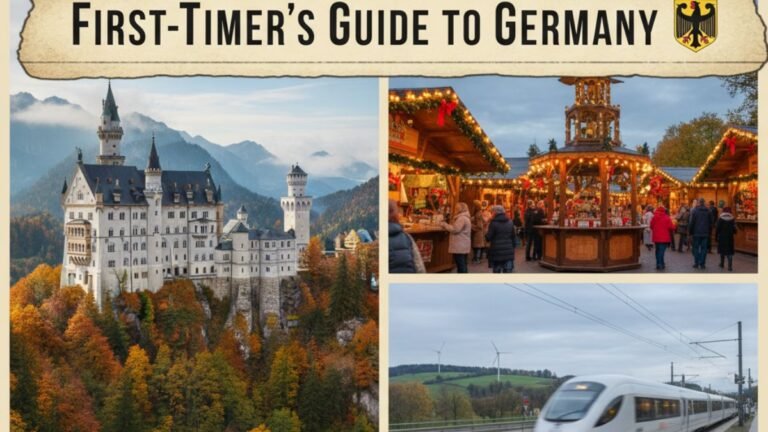Nationalpark Berchtesgaden Visit Guide
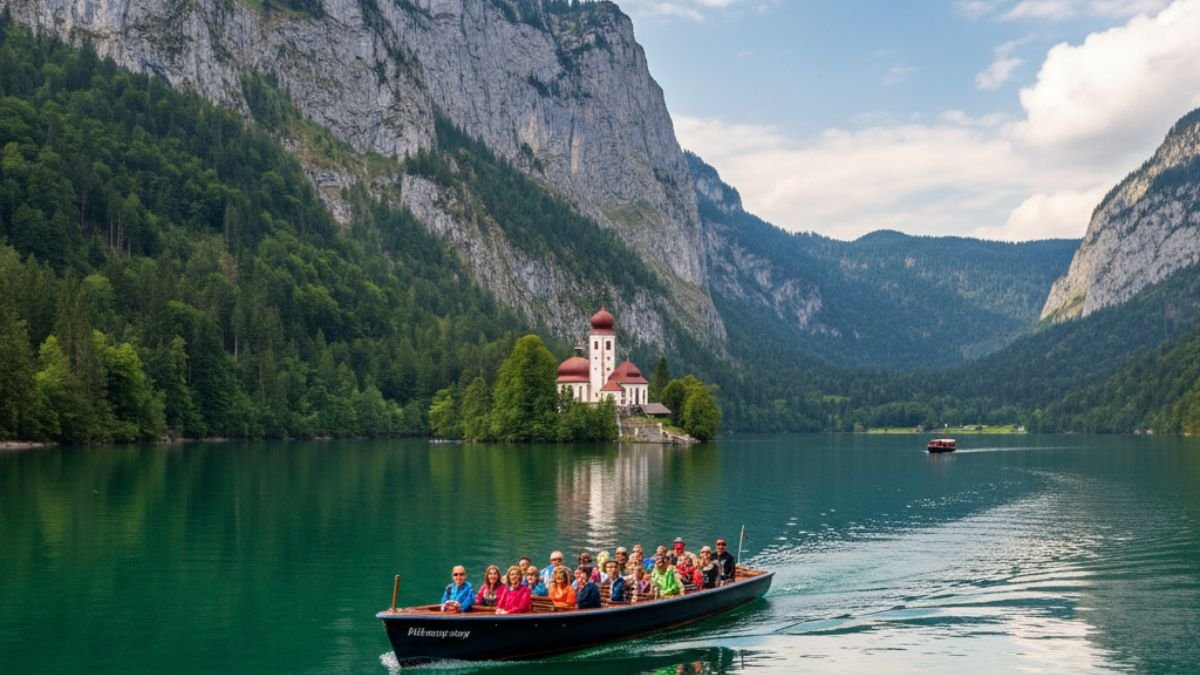
Berchtesgaden National Park is a breathtaking alpine wilderness located in the southeast corner of Bavaria, Germany, right on the border with Austria. As Germany’s only alpine national park, it features rugged cliffs, deep forests, crystal-clear mountain lakes, and high pastures. The park is known for its diverse flora and fauna, including rare orchids, marmots, and golden eagles.
Here’s a guide to help you make the most of your visit to this stunning protected area in the Bavarian Alps.
About Nationalpark Berchtesgaden
Established in 1978, it’s Germany’s only alpine national park, dedicated to protecting the diverse flora and fauna of the Berchtesgaden Alps. It’s a place where nature is left undisturbed, allowing visitors to experience true wilderness.
Getting There
- By Car: The most flexible option. Various parking areas are available around the park’s entry points (e.g., Schönau am Königssee, Ramsau).
- By Public Transport: Buses connect Berchtesgaden town with key locations like Königssee, Hintersee, and Ramsau. The “Gästekarte” (guest card), often provided by your accommodation, can offer free or discounted travel.
Key Attractions & Activities
- Königssee (King’s Lake)
- Boat Trip: A must-do! Electric boats take you across the emerald-green lake to St. Bartholomä peninsula and Salet.
- Echo Wall: The boat stops for a trumpet demonstration of the famous Königssee echo.
- St. Bartholomä: Visit the picturesque pilgrimage church and enjoy fresh fish from the lake at the adjacent restaurant.
- Salet: From Salet, it’s a short walk to Obersee, a stunning smaller lake, and then to the Röthbachfall, Germany’s highest waterfall.
- Ramsau & Hintersee
- Ramsau Church: One of Germany’s most photographed churches, set against a dramatic mountain backdrop.
- Hintersee: A magical small lake, perfect for a leisurely walk around its perimeter (about 1 hour) through the “Zauberwald” (Magic Forest).
- Wimbachklamm: A wild gorge with impressive waterfalls and rock formations (seasonal access).
- Hiking
- The park offers hundreds of kilometers of marked trails, from easy strolls to challenging multi-day treks.
- Popular Hikes:
- Jennerbahn: Take the cable car up Jenner mountain for panoramic views and various hiking options at different altitudes.
- Watzmannhaus: A challenging but rewarding overnight hike to a mountain hut beneath the iconic Watzmann peak.
- Alpeltalalm: A more moderate hike leading to an alpine pasture with refreshments.
- Guided Tours: The National Park offers free guided tours with rangers, providing insights into the park’s ecology and history. Check the official website for schedules.
Visitor Centers
- Haus der Berge (House of the Mountains): The main visitor center in Berchtesgaden town. It features an interactive exhibition about the national park’s ecosystems, a cinema, and a shop.
- Informationsstelle Hintersee: A smaller information point near Hintersee.
Accommodation & Food
- You’ll find a wide range of accommodation options in the surrounding towns and villages like Berchtesgaden, Schönau am Königssee, Ramsau, and Marktschellenberg, from hotels and guesthouses to holiday apartments.
- Numerous restaurants and alpine huts (“Almen” or “Berghütten”) offer traditional Bavarian cuisine.
Best Time to Visit
- Summer (June-September): Ideal for hiking and all outdoor activities. Weather can be unpredictable, so pack layers.
- Autumn (October): Beautiful foliage, often stable weather, but some higher huts might close towards the end of the season.
- Spring (April-May): Melting snow can make some trails inaccessible, but lower areas are beautiful as nature awakens.
- Winter (November-March): A winter wonderland, perfect for snowshoeing, cross-country skiing, or enjoying the festive atmosphere. Königssee boat trips operate year-round (weather permitting), but only to St. Bartholomä.
Important Tips
- Respect Nature: Stay on marked trails, do not litter, do not disturb animals, and do not pick plants.
- Weather: Alpine weather can change rapidly. Always check the forecast and be prepared for rain, sun, and temperature drops.
- Equipment: Wear sturdy hiking boots, bring rain gear, sunscreen, a hat, and sufficient water and snacks.
- Safety: Inform someone of your hiking plans, especially for longer or more challenging routes.
- Dogs: Dogs are allowed on trails but must be kept on a leash. They are allowed on Königssee boats for a fee.
If you’re looking for more Germany travel blog subscribe to join us.

